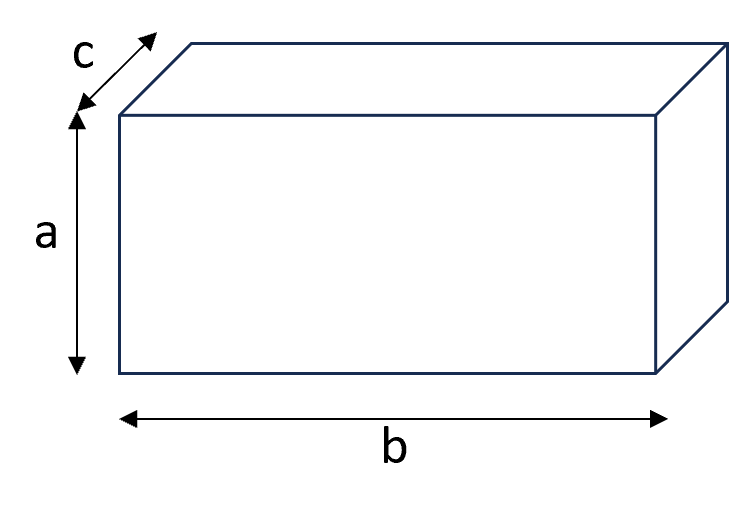Solid geometry
Solid geometry is the part of geometry that deals with figures in three dimensions, that is, shapes that have width, height and depth.
Where plane geometry deals with flat figures, solid geometry works with three-dimensional figures such as cubes, spheres and pyramids.

Solid geometry is used in many contexts, including architecture, physics, engineering and 3D modelling. It helps us understand and calculate spatial structures and objects in the world around us.
What do we study in solid geometry?
In solid geometry, we examine things like:
- Three-dimensional shapes and solids
- Surface area and volume
- Edges, faces and vertices
- Symmetry and reflection in space
- Coordinates and placement in three dimensions
- Intersections between planes and lines
To calculate solid figures, we use formulas and methods that extend the concepts of plane geometry into three dimensions.
For example, we use formulas to find the volume of a cube, the surface area of a sphere and the diagonals of a prism.
Examples of figures in solid geometry
Solid geometry deals with many different types of solids:
- Cube, a spatial square with six equally sized square faces
- Prism, a shape with two identical bases and rectangular sides
- Pyramid, a shape with a point and triangular faces
- Sphere, a perfectly round shape where all points are the same distance from the center
- Cylinder and cone, shapes with curved surfaces and circular bases
The difference between plane geometry and solid geometry
Plane geometry works with figures in two dimensions, such as triangles and quadrilaterals.
Solid geometry works with figures in three dimensions, where there is height, width and depth.
This means that in solid geometry we measure not only lengths and areas, but also volume.
Solid geometry builds upon plane geometry and makes it possible to understand and work with the world in three dimensions.